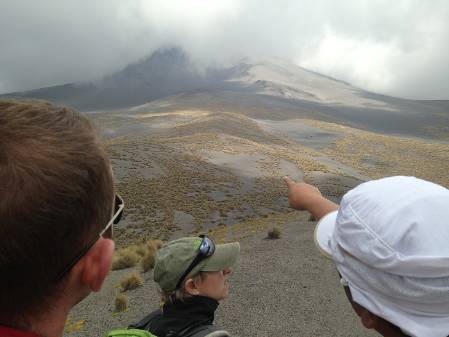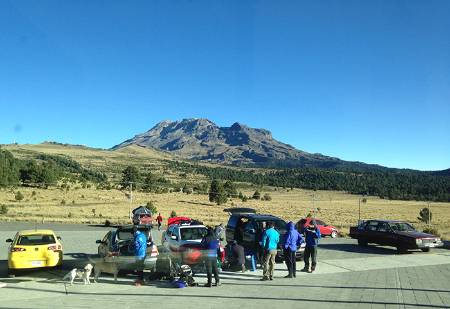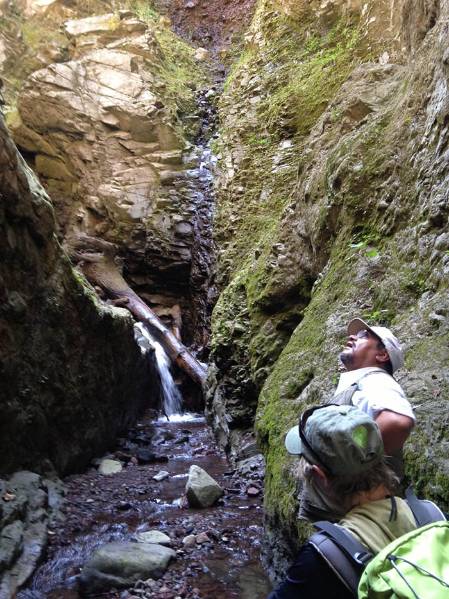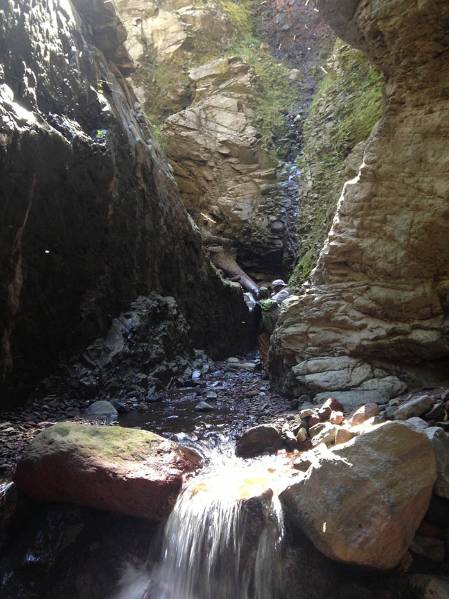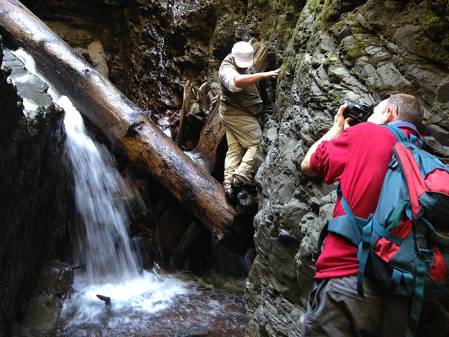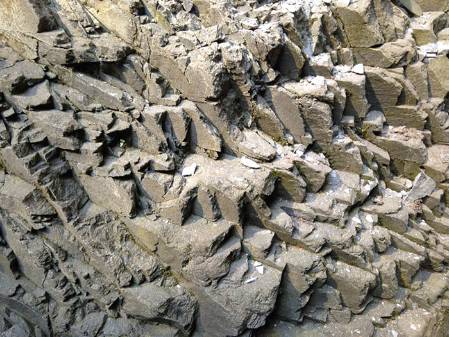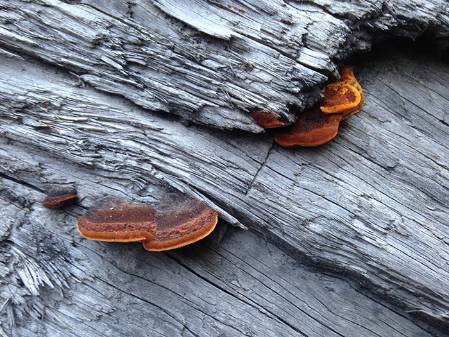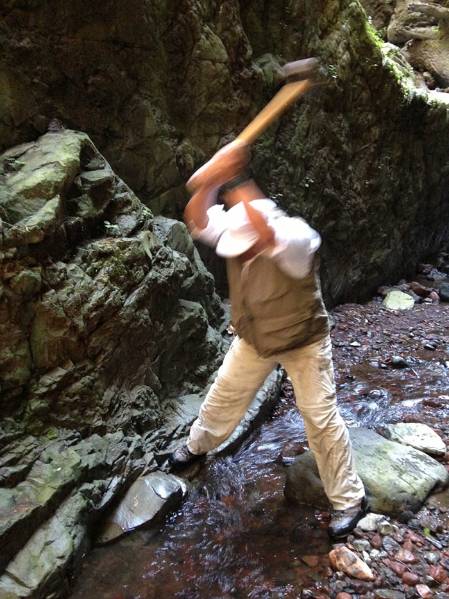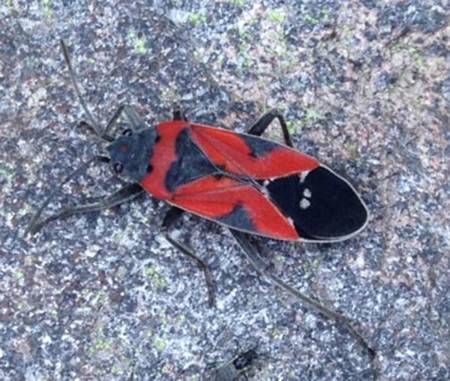On day 6 of our trip I followed James Maclaine, Curator of fish at the Museum. James has a variety of tools he uses to make his collections including a 25m seine net. A few nights ago we went out to test the net and made a short video. Please note the temperature of the water is not as tropical as it looks! James has had some good success with the seine net in the past and you can read about what he found on this trip in his own post to the blog.
Seine net fishing
This morning we went to the nearby island of St Agnes. This is one of the most remote of the inhabited islands in Scilly and faces out bravely into the Atlantic. When the wind is blowing it can be a very extreme environment but today there was only a slight breeze, the sea was a flat as a pancake and the island felt very balmy. This was a good thing as spent most of the morning wading through the falling tide, turning over rocks and trying to find some very elusive fish.
Looking for elusive fish in rock pools on the shore of St Agnes
In the Museum collection there are two species of clingfish that had already been collected from the Isles of Scilly, Lepadogaster lepadogaster (shore clingfish) and Apleton dentatus (small-headed clingfish). However, these were obtained in the 1970s and James was keen to find out if both species were still here. The two fish seemed to have very specific and quite distinct habitats and it took a few hours to crack the code of where to find them. We found the small-headed variety in the hold fasts of kelp.
James finds a likely home for the small-headed clingfish
Apleton dentatus (small-headed clingfish)
The shore clingfish seemed to live under particularly large rocks that were sitting in water.
.jpg) The underside 'sucker' of the clingfish
The underside 'sucker' of the clingfish
It was great to find both species of fish still living in the bay where they were also found about 40 years ago, and also to be able to add a couple of modern specimens to our collection that can be used to extract samples of their DNA.
The flora of one of the rock pools on St Agnes
It was great fun working in the rock pools and we found some fascinating things.
One of our finds, a starfish ...
This starfish was a particular menace to the other specimens in our bucket so had to be separated - here you can see it working it's way through a tiny squat lobster.
... mostly harmless to us but not so nice if you are a squat lobster



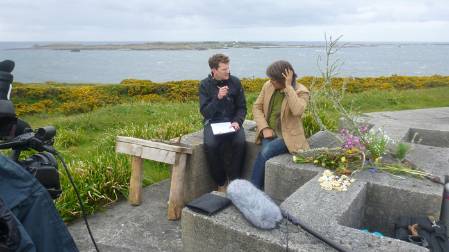

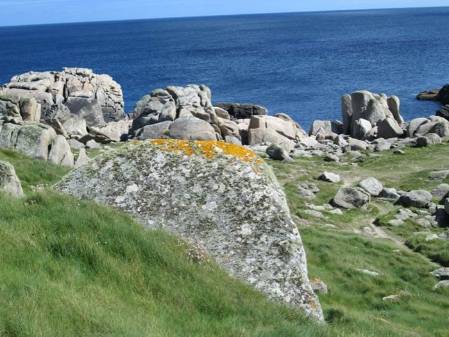
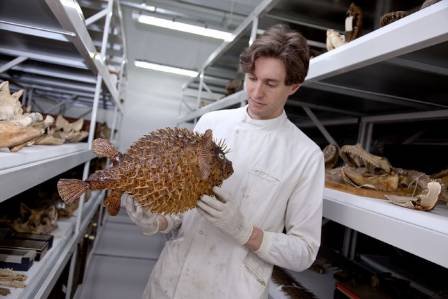
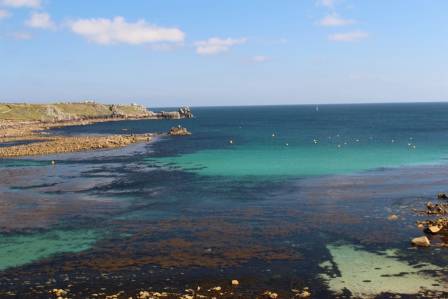
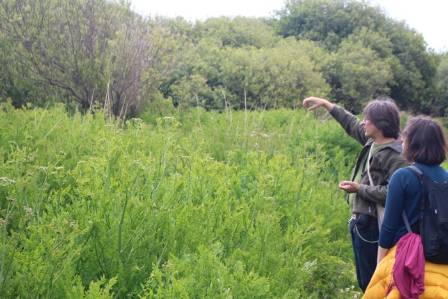

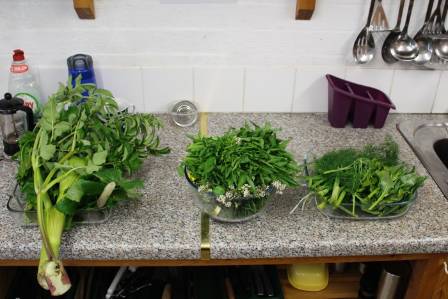
.jpg)
.jpg)
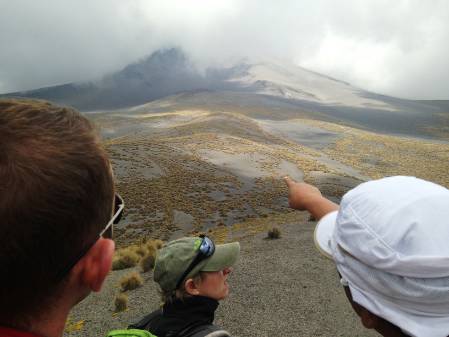


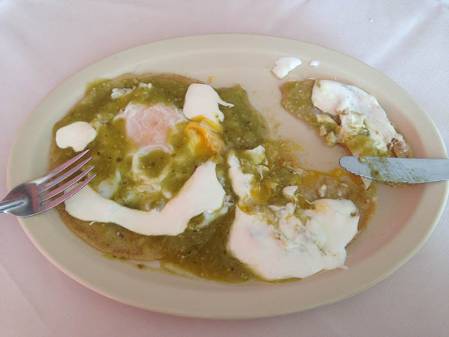
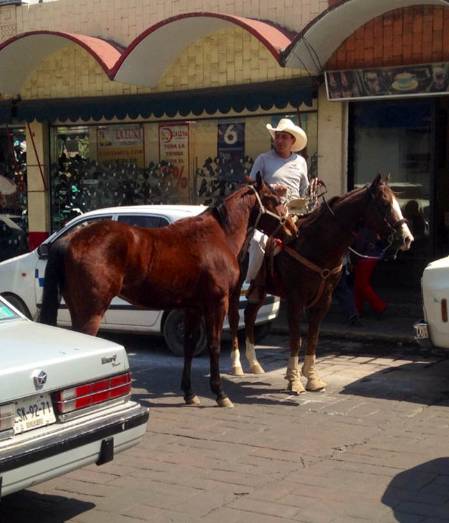
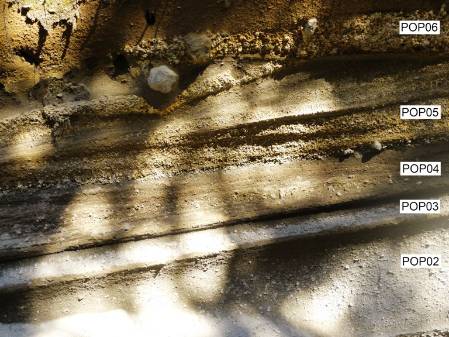
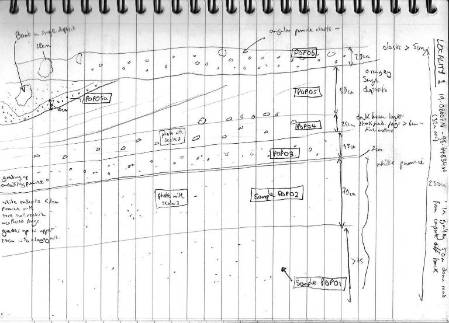
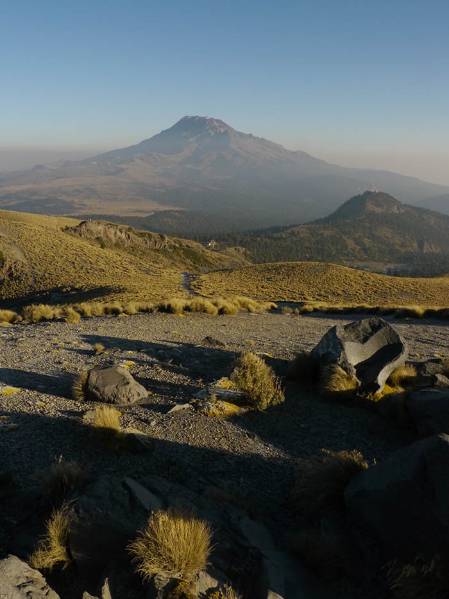
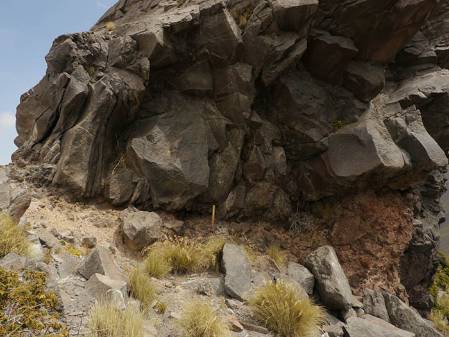
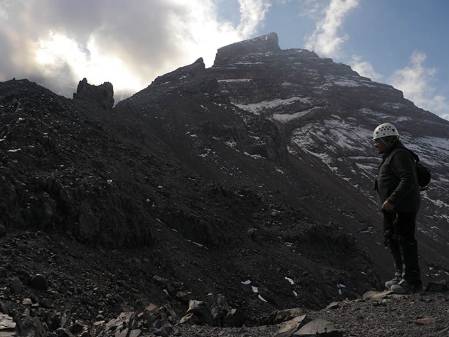
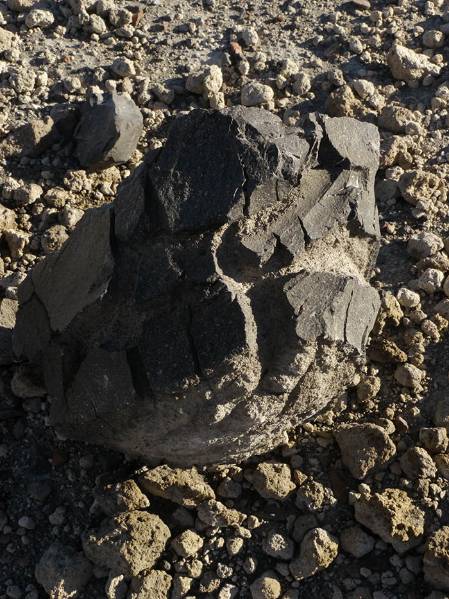
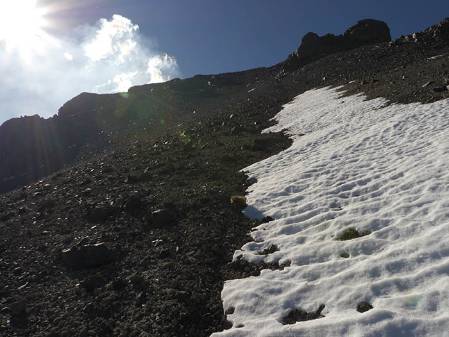

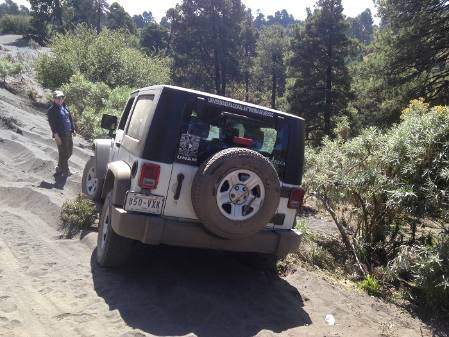

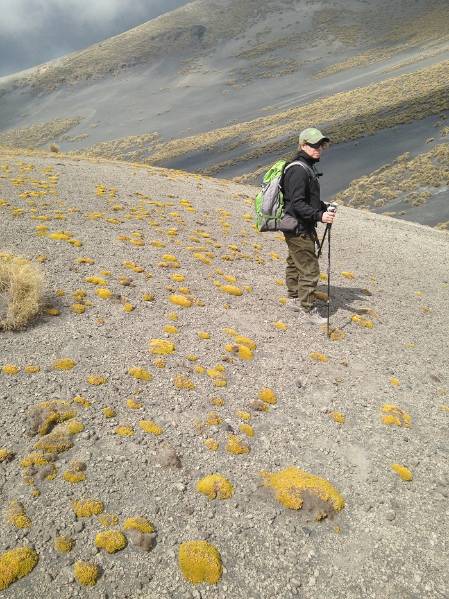


.jpg)
